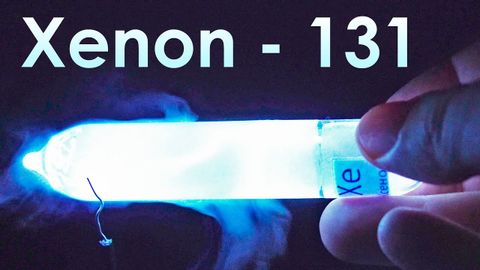キセノン - 地球上で最も明るいガス! (Xenon - THE BRIGHTEST Gas on Earth!)
李冠緯 が 2021 年 01 月 14 日 に投稿  この条件に一致する単語はありません
この条件に一致する単語はありませんUS /ˈdɛmənˌstret/
・
UK /'demənstreɪt/
- v.t./i.表す;(集会 : 行進などによる)デモをする;証明する : 実証する;実演する : 実際にやって見せる
US /kəˈpæsɪti/
・
UK /kə'pæsətɪ/
- n. (c./u.)収容能力;容量;最大生産能力;能力;個人の職務や役割;静電容量;法的能力
US /əˈprɑksəmɪtlɪ/
・
UK /əˈprɒksɪmətli/
US /ˈprɛʃɚ/
・
UK /'preʃə(r)/
- n. (c./u.)重圧 : プレッシャー;圧力;説得;プレッシャー;圧力 (物理);圧力 (印刷);時間的プレッシャー;政治的圧力;血圧
- v.t.圧力をかける;強く説得する
エネルギーを使用
すべての単語を解除
発音・解説・フィルター機能を解除

